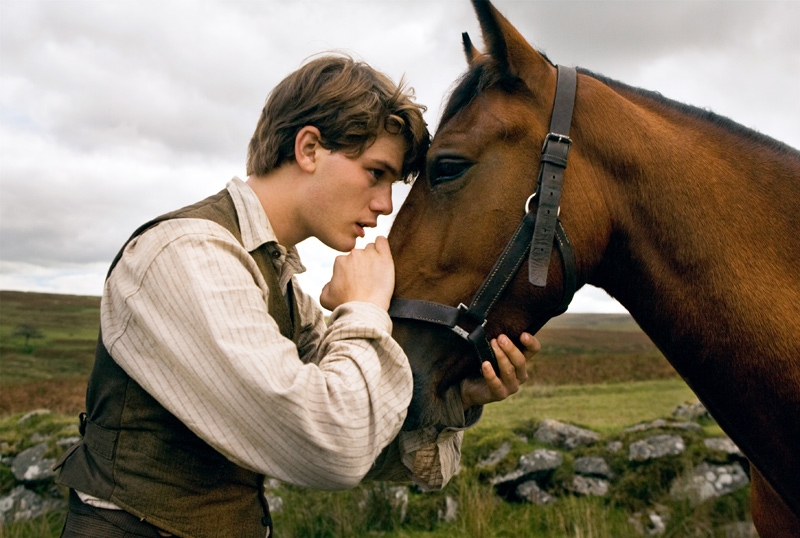Contumacious is not too strong a word to describe
biographers who subtitle their tome, eight hundred and fifty plus pages though
it may be, "The Life" as do authors Steven Naifeh and Gregory White
Smith: Van Gogh: The Life.
"The Life" suggests that here the readers finally have the
definitive version, the last word—everything we ever wanted to know about what
was surely one of the most tortured of lives.
Clearly that is not the case. For
all its length and detail, it postulates a controversial theory of the artist's
death which is sure to raise at least some hackles and generate some
biographical blowback. "Van Gogh: A
Life" might have been a more appropriate title.
Viewers of 60 Minutes are most likely
acquainted with the authors' theory about Van Gogh's death. Long thought to have been a suicide, Naifeh and Smith treat that idea as little
more than a tall tale made legend by Irving Stone's novelization and the film
that followed, Lust for Life, and a legend filled
with holes. While their arguments
are presented with conviction, they are arguments, even though they have been
around for some time, by no means accepted by all Van Gogh scholars.
Based primarily on a prior scholar's 1956 interviews with
Rene Secretan, an octogenarian who came forward near the end of his life to
explain his own role in the painter's 1890 death in what he claimed was an
attempt to correct some of the romantic liberties taken in the film. Although Secretan doesn't seem to have
confessed to anything other than harassing the painter whom he and his young
friends considered nothing short of a crazy man, he did have access to the kind
of gun that people thought must have been the weapon Van Gogh used, a weapon
that was never found. Add to this a lot
of circumstantial evidence including the facts that none of the painter's
equipment was found at the site where he supposedly shot himself, the
peculiarity of trying to commit suicide by shooting yourself in the stomach,
Van Gogh's somewhat less than adequate statements about what he did, as well as
a number of other tidbits, and you've got the makings of a case.
A case at least for an accident—Secretan was hassling the
painter and the gun went off. He was
frightened and ran off. The authors
never really accuse the young man of actually murdering the painter, but they
are clearly of the opinion that however it happened, it was Secretan and his
gun that were involved. Their theory may
convince some, it may not others; one thing for sure, it will sell books.
In general, the picture they paint of the artist is not very
flattering. For most of his life he is
shown as demanding and self absorbed to the point that he was completely unable
to get along with anyone, be it family, friends or fellow artists. Even his brother Theo who supported him for
most of his adult life was unable to deal effectively with his extravagant
demands both financially as well as emotionally. Certainly though many of his problems were
the result of his mental state, the Van Gogh pictured in this book would have
tested the patience of a saint, let alone a normal human being.
Strange behavior is often tolerated in great artists. It is the price you have to pay for
genius. Van Gogh's problem was that not
until the last few months of his life that his greatness was even begun to be
recognized. For most of his life, he was
considered little more than a mad man.
His work was ridiculed. His
impassioned ideas were derided. His
behavior was outlandish. Naifeh and
Smith are meticulous in documenting the disasters that followed him from his
early career working in art sales, his flirtation with religion, and his
eventual devotion to art, but through it all Van Gogh is presented as such a
head case that one has to wonder how it was he ever managed to create any of
the masterworks for which he has become so loved. Not only does one have to tolerate genius;
one has to tolerate all those crazies who may turn out to be not so crazy after
all. If anything, the reader comes away
from this life, recognizing that often there may be very little difference
between genius and madness.
















